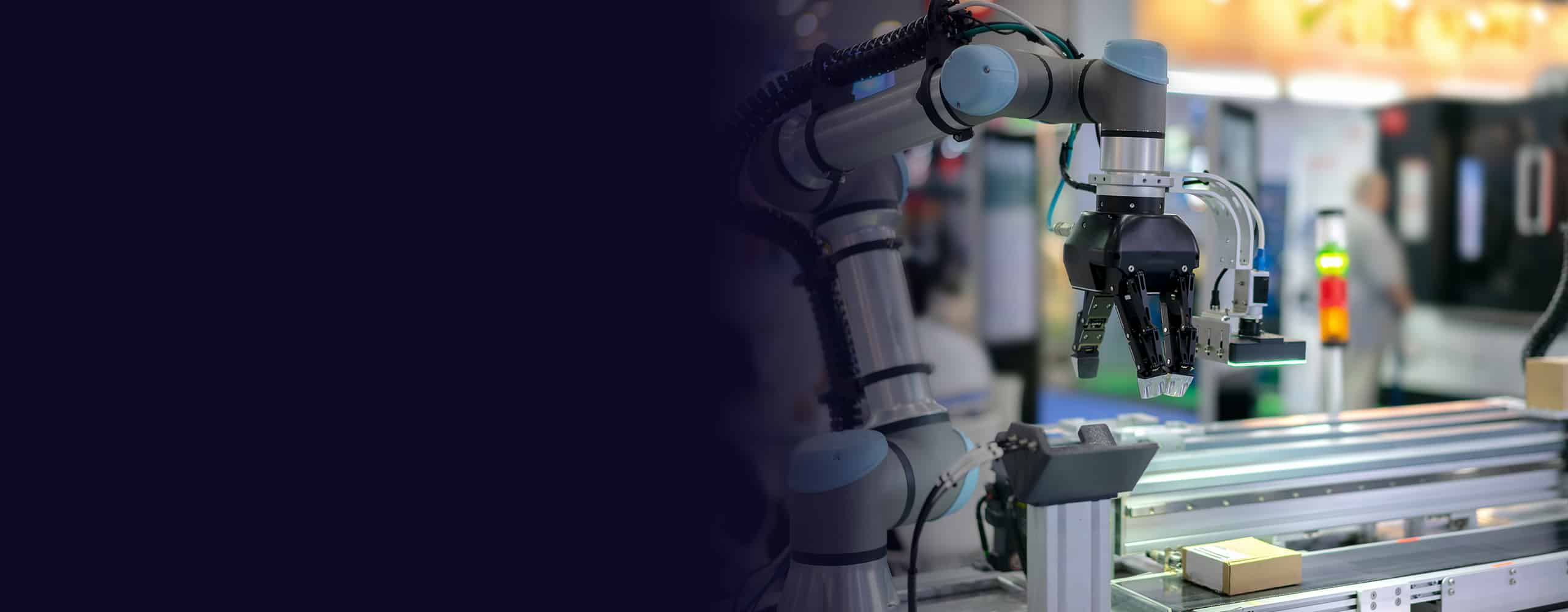
MANUFACTURING RESOURCES
Your one-stop shop for world-class manufacturing guides, technical information and best practices
GET THE LOWDOWN ON HOW OUR DIGITAL MANUFACTURING PLATFORM WORKS
LOVE INNOVATION AS MUCH AS WE DO?
Head to the blog for weekly insights, industry news and advice
Geomiq lands $8.5 million Series A
we’ve raised $8.5M todigitize manufacturing Posted in We’ve raised $8.5m to digitize global manufacturing and deliver industry leading service levels for Engineers and Procurement teams. With this funding we’re expanding in to Europe, accelerating our product plans,
Is it Hard to Learn CNC Machining?
Is it Hard to Learn CNC Machining? Posted in Learning new technical skills is often very challenging and requires a great deal of dedication, coffee, and swearing. And much of that is the same to be said
How can we help?
CNC MACHINING
Order high-quality precision CNC machined parts from a network of experienced global manufacturers
INJECTION MOULDING
Whether you’re after rapid prototyping or low volume production parts, our experts in rapid tooling will ensure your samples are ready in days
3D PRINTING
Geomiq offers a range of additive manufacturing methods on a short lead time – from FDM, SLA, SLS, and MJF to DMLS printing. We’ve got you covered – whatever your requirements.
SHEET METAL FABRICATION
High-quality laser cutting, bending and post-processing in days
Join us on the path to better, faster and stronger innovation
All uploads are secure and confidential.